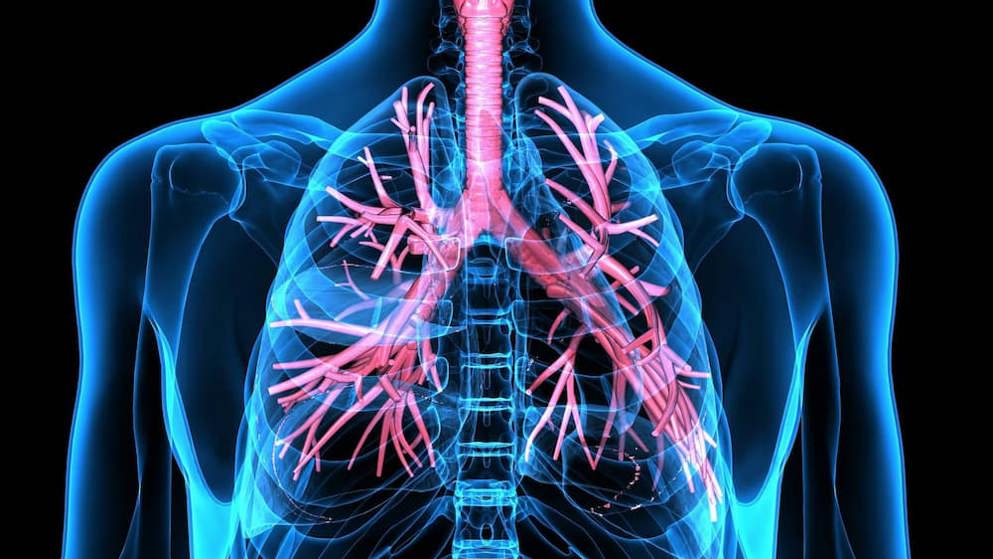Study of Anoro Ellipta in COPD published-GSK
Positive results from a third lung function study comparing the efficacy and safety of Anoro Ellipta (umeclidinium /vilanterol, �UMEC/VI�), from Glaxo Smith Kline, administered in the HandiHaler inhaler, in patients with Chronic Obstructive Pulmonary Disease (COPD) have been published in Respiratory Medicine. In this study UMEC/VI 62.5/25 mcg showed a statistically significant improvement of 112mL compared with tiotropium 18mcg for the primary endpoint measurement of lung function using trough forced expiratory volume in one second (FEV1) at the end of the treatment period (day 169).
For the secondary endpoint measurement of lung function using weighted mean FEV1 0 � 6 hour, at the end of the treatment period (day 168) UMEC/VI 62.5/25mcg showed a statistically significant improvement of 105mL, compared to tiotropium 18 mcg. The most commonly reported side effects for both UMEC/VI and tiotropium included headache (9% UMEC/VI; 7% tiotropium), nasopharyngitis (6% UMEC/VI; 7% tiotropium), cough (3% UMEC/VI; 3% tiotropium) and back pain (2% UMEC/VI; 3% tiotropium).
The overall incidence of on-treatment adverse events was 44% in the UMEC/VI group and 42% in the tiotropium group. The incidence of any on-treatment serious adverse event in both treatment arms was 4%. See:"Efficacy and safety of umeclidinium/vilanterol 62.5/25 mcg and tiotropium 18 mcg in chronic obstructive pulmonary disease: results of a 24-week, randomized, controlled trial." M. Reza Maleki-Yazdi et al. Respiratory Medicine June 27, 2014; Published Online: October 14, 2014 DOI: http://dx.doi.org/10.1016/j.rmed.2014.10.002

